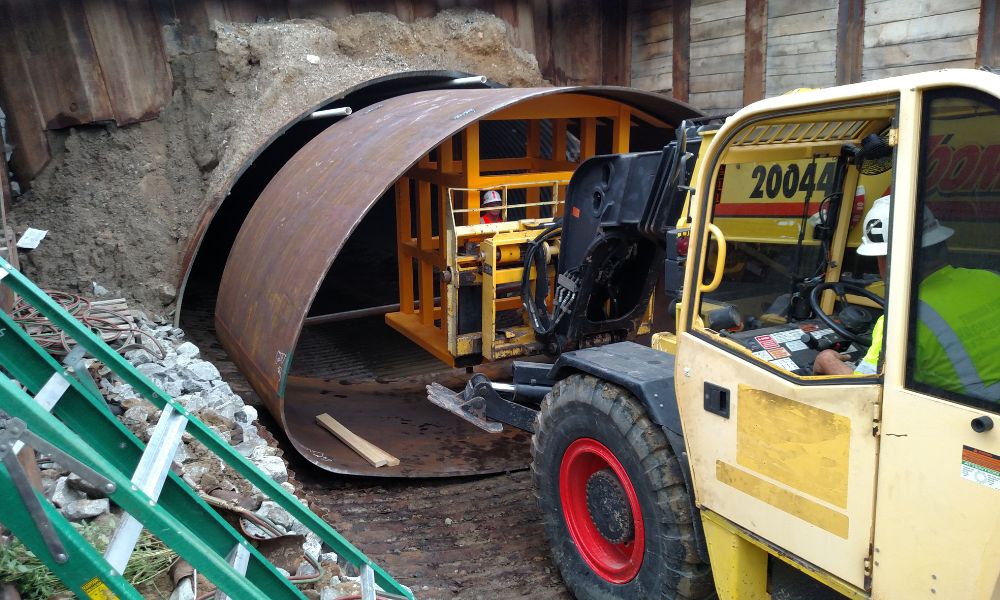Culverts protect against erosion and flooding by diverting stormwater, irrigation runoff, or water used in construction to a defined channel under roads or rail tracks. They allow water to flow to sewers or retention areas without creating new obstructions to auto or rail traffic. Ensuring compliance with environmental, legal, and zoning requirements before installing a culvert system is crucial for each project area.
Laws
The Moving Ahead for Progress in the 21st Century Act of July 6th, 2012, was a broad piece of legislation addressing highway construction financing, public transportation, and hazardous materials transportation safety. Its purpose was to authorize funds for Federal-aid highways, highway safety programs, transit programs, and other transportation infrastructure purposes, including culvert projects.
The legislation gives state departments of transportation and other recipients of federal highway construction funds autonomy to decide the culvert and storm sewer materials to be used in federally-supported highway construction projects.
Regulations
Additional local regulations may apply to specific culvert rehabilitation projects, depending on location. These may impose requirements that culvert repair cannot impact. Repairs must be made in an environmentally sound way, and the result must meet defined load, clearance, and hydraulic (water flow) standards. Our best tip for ensuring culvert system compliance is to check all applicable laws and local regulations to determine how they relate to the specific project.
Emergency Response
The Federal Emergency Management Agency offers grants for culvert repairs, relocations, and upgrades after natural disasters. It also aids risk mitigation projects in anticipation of potential catastrophes. They must align with Environmental and Historic Preservation, known as EHP.
There’s a chance of environmental and historical impacts on wetlands, floodplains, and other natural resources from post-disaster reconstruction. FEMA’s EHP experts review culvert projects to identify those potential effects and work with applicants to provide EHP compliance guidance. Applicants can contact appropriate federal, state, and local environmental agencies to determine permitting, design, construction, and other requirements.
Following applicable rules and guidelines can prevent future culvert system failures. At InfraSteel, our culvert rehabilitation systems support bridges and railways, providing high-quality steel pipe rehabilitation solutions to our customers and helping them ensure their culvert systems comply with applicable rules.
Our steel culvert inserts meet flow, design, and structural requirements with custom, site-specific culvert liners, headwalls, inlet and outlet controls, and even fish baffles to increase structural integrity and manage unique water flow issues. Contact us today with any questions regarding our culvert rehabilitation systems and services.



Leave A Reply